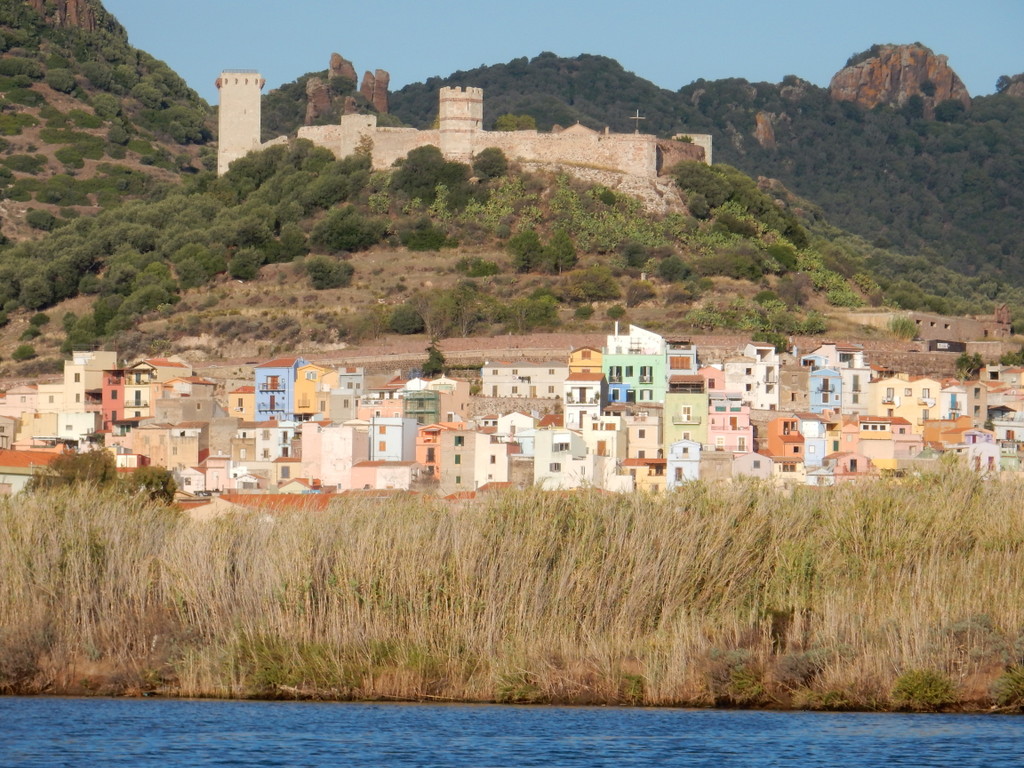
After a night at Lavezzi Island on the French side of Bonifacio Strait, we crossed the Strait to the “La Colba†anchorage on the south side of Capo Testa, Sardinia on September 27th. Overnight the winds shifted to easterlies and built during the next day to 25 + knots. We did not leave La Colba especially early since we knew that with this wind we would have little trouble arriving at our anchorage on the northeast side of the Fornelli passage, at the far northwest tip of Sardinia, before sunset. As we neared the Fornelli Passage we were concerned by how the seas had built up and were funneling into the Passage. As we approached our primary and secondary anchorage locations, we could see that they were untenable in these seas but that there was still plenty of light to navigate the Fornelli Passage itself and look for a place to anchor behind Isola Piana on its more protected western side. Unfortunately, there was nothing but rocks on the western side of Isola Piano and there were breaking waves to its south. There was still plenty of daylight left so we turned the corner and headed south along the wild west coast of Sardinia to look for a place to anchor for the night. Our pilot book did not list an anchorage closer than Porto Conte which, at 30 miles away, was and too far to sail to before dark even in the great winds we were experiencing.
A quick study of the charts and a Google search suggested that Cala Santa Nicola, about 15 miles away, would likely provide protection from the strong north-easterlies, although there was some doubt about the suitability of the sea bottom to hold an anchor. The small bay was almost uncharted and supposedly had a dangerous rock in the middle, so we inched our way along the northern shore. We had to come in fairly close to get protection from the swell but Laura could only see a solid rock bottom from her perch at the bow. We dropped anchor anyway and sure enough, it was a solid rock bottom. The anchor just skittered along the bottom, having nothing to grab onto. We tried again even closer to the sandy beach and had the same result. There was nothing to do but head to Porto Conte. We had lost 45 minutes with our deviation to Cala Santa Nicola and even though we could sail 7.5 – 8.5 knots in the strong north-easterlies, it would be dark by the time we arrived at Porto Conte.
We almost never arrive at an anchorage in the dark. In this part of the world, one really needs to see the bottom. If you drop in sea grass, you may think your anchor is holding but it probably won’t, especially in strong and shifting wind. We had been to Porto Conte in July and had to spend some time looking around for a patch of sand in Calla del Bollo at the southern end of the bay. Based upon that experience, we definitely did not want to anchor in the same place in the dark. Some months before, Michael and Britta of “Vera” had supplied us with a waypoint for a place to anchor in Cala Torre del Conte, in the northwest corner of this large bay. We decided to head for that waypoint. We arrived in total darkness and blindly dropped anchor. The anchor seemed to hold and we settled in for a late supper and sleep. It had been a long day and our passage was twice as long as what he had planned. The next morning Laura went for a swim with snorkel and goggles and found that our anchor was in the only patch of sand in a bottom of sea grass.
Later that morning (September 29), we sailed over to Marina di Sant Elmo in the city of Alghero. We had stayed in this marina for two nights in July and found it comfortable and had really enjoyed walking around Alghero. This time we spent five days in Alghero and enjoyed this old Spanish walled city as much as we had in July. The weather was fine as we walked in the narrow streets and along the city walls and found some great restaurants. The tourist crowd was gone and we did not need reservations to eat anywhere we wished. We also found a marine canvas guy who fixed our damaged bimini.

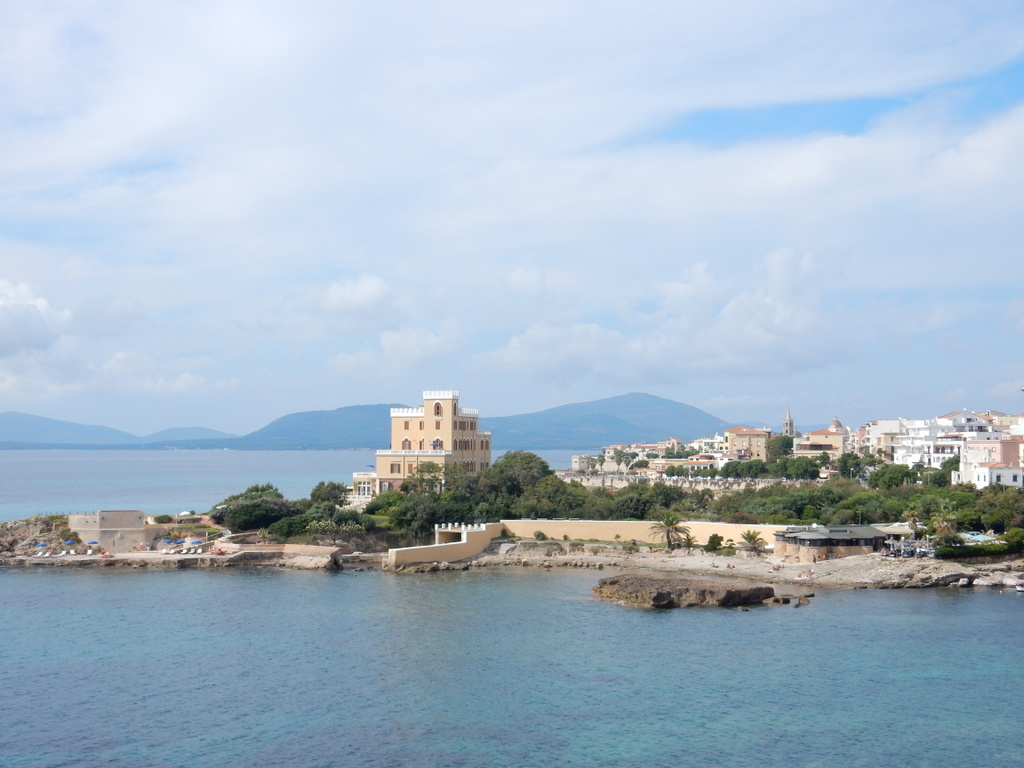
We left Alghero on October 4 and sailed south to the mouth of the River Temo and anchored behind a new breakwater built to make the entrance to the only navigatable river in Sardinia safe from breaking seas. A bit more than 2 kilometers up the river is the charming town of Bosa. We took the dinghy up the river and tied up at at open spot next to a fishing boat on the quai on the river. We were confident that this spot was vacant since its previous inhabitant was clearly visible, sunken on the river bottom below us and still tied to a bollard.

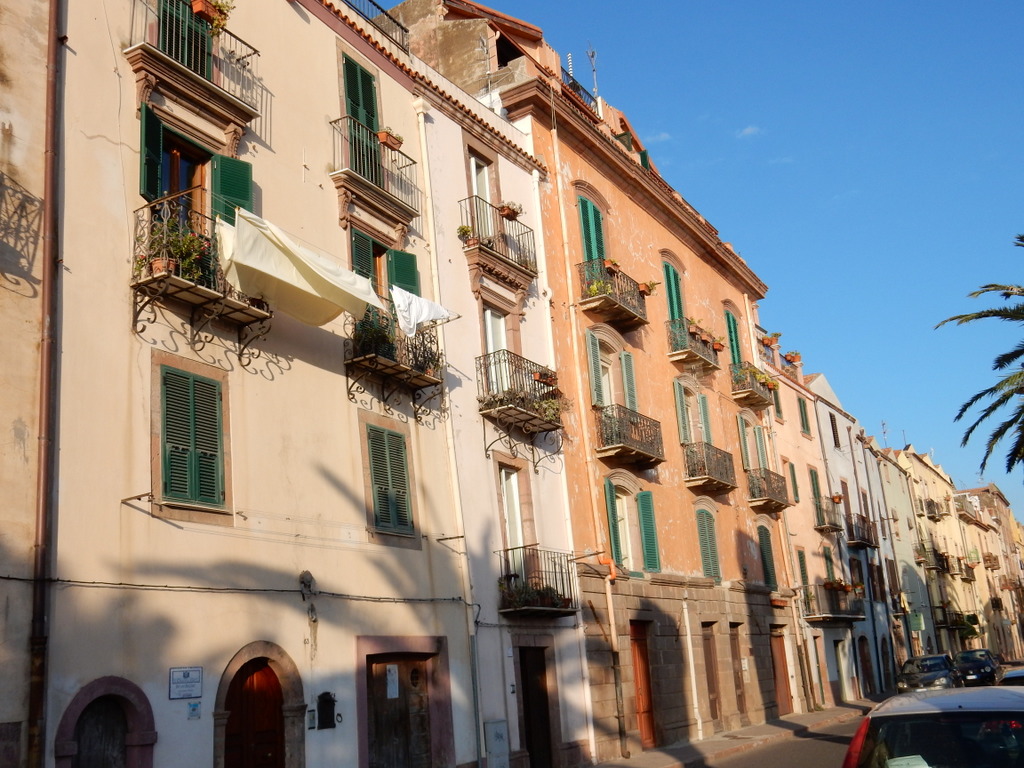
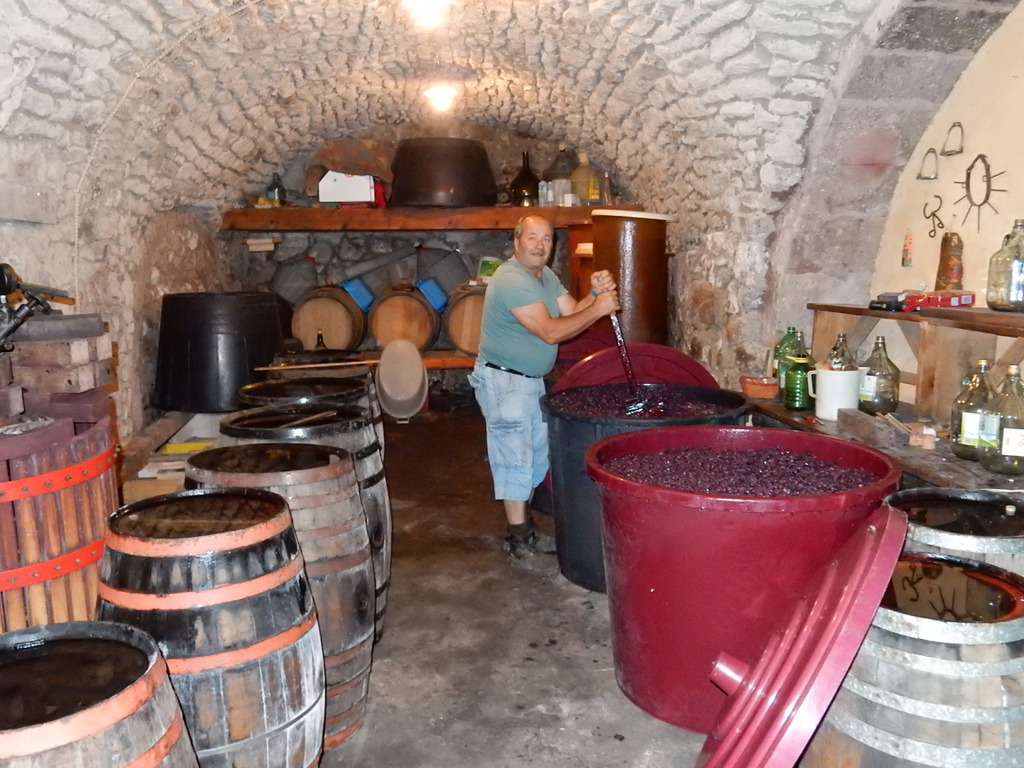
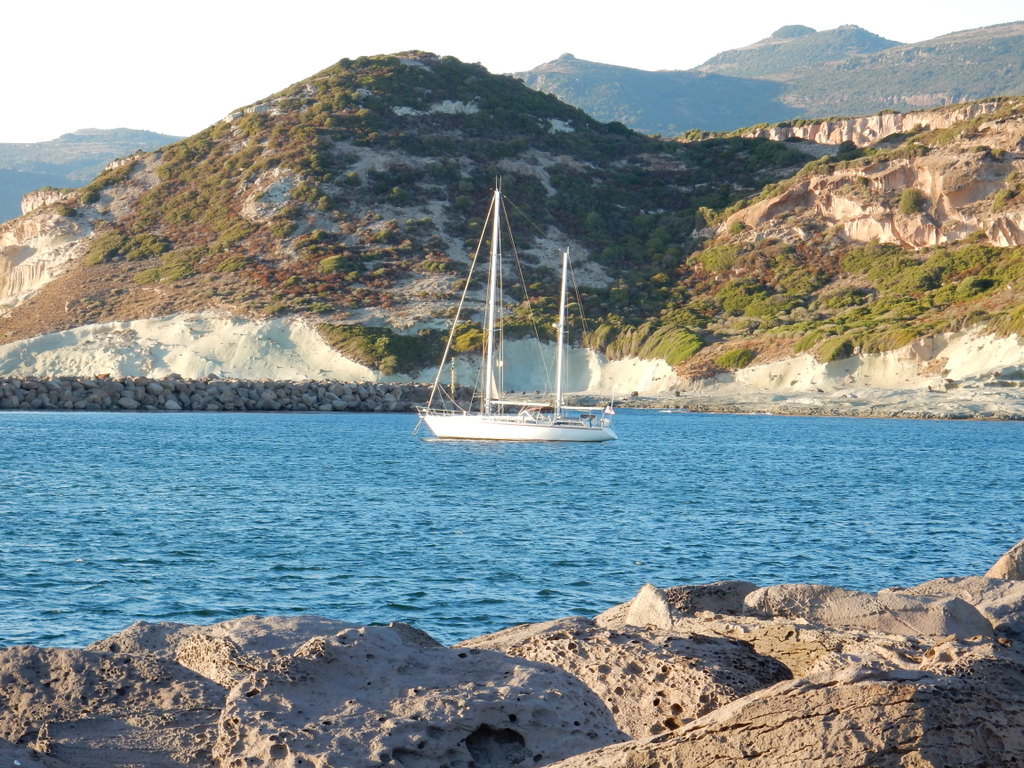


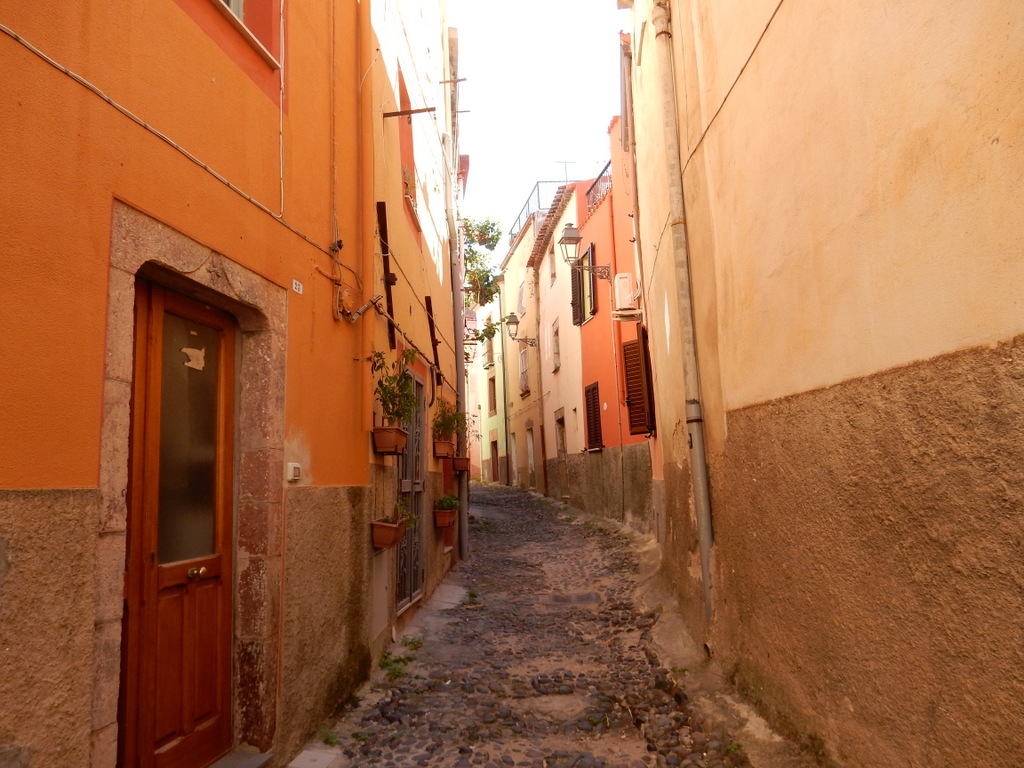
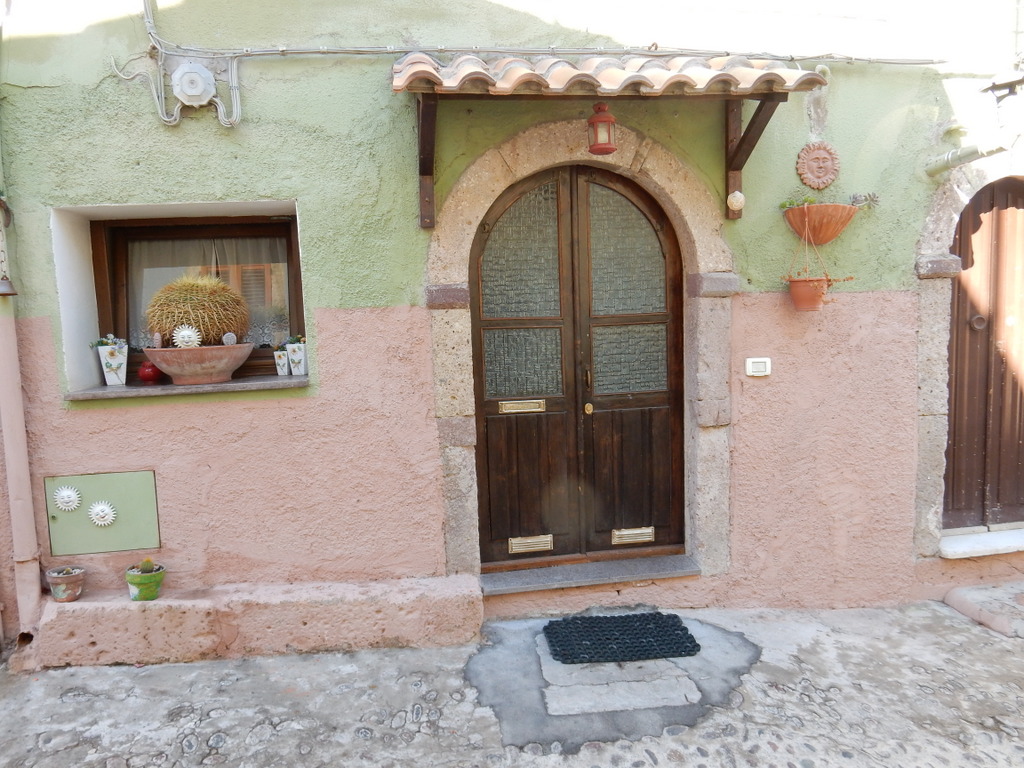
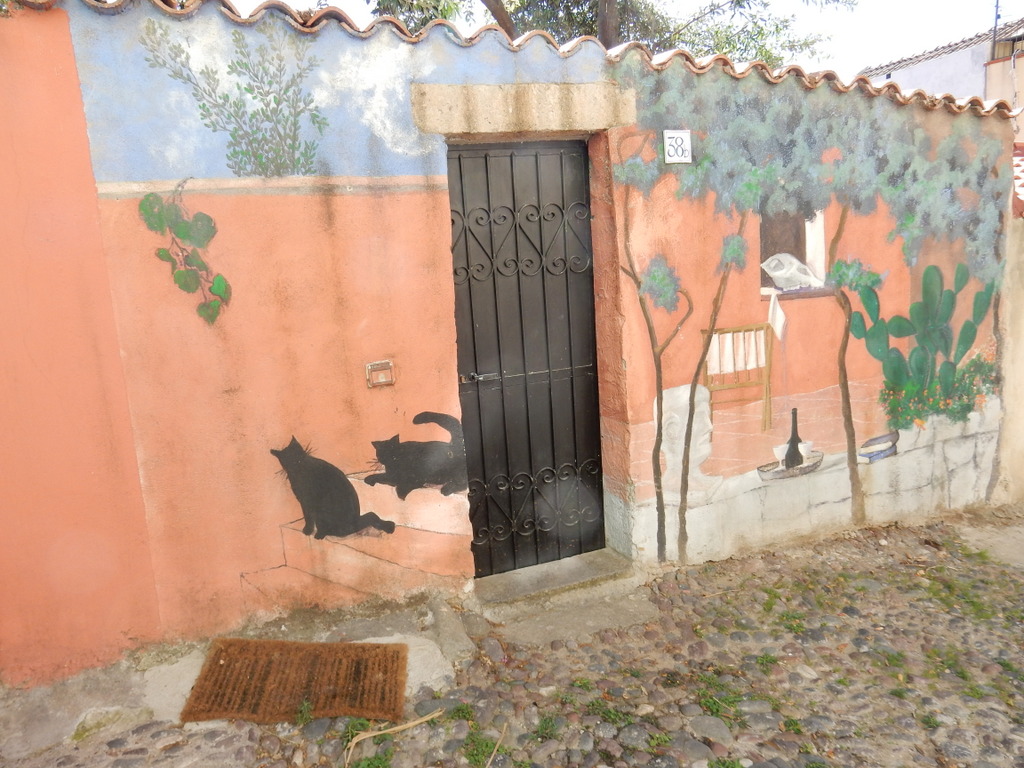
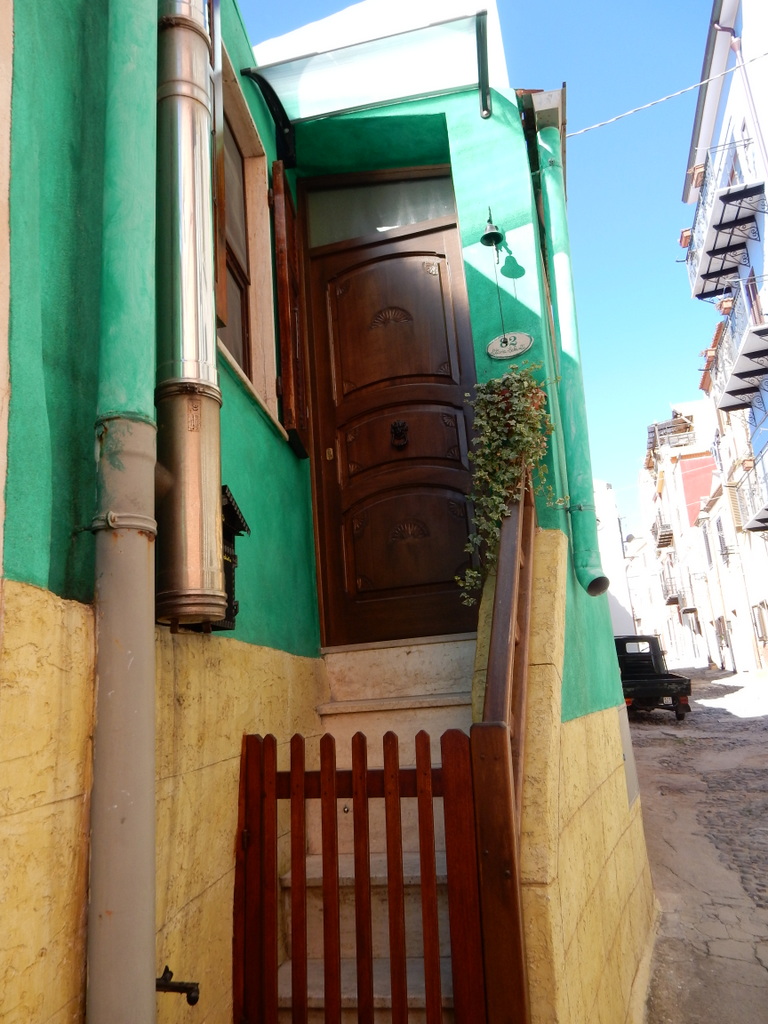
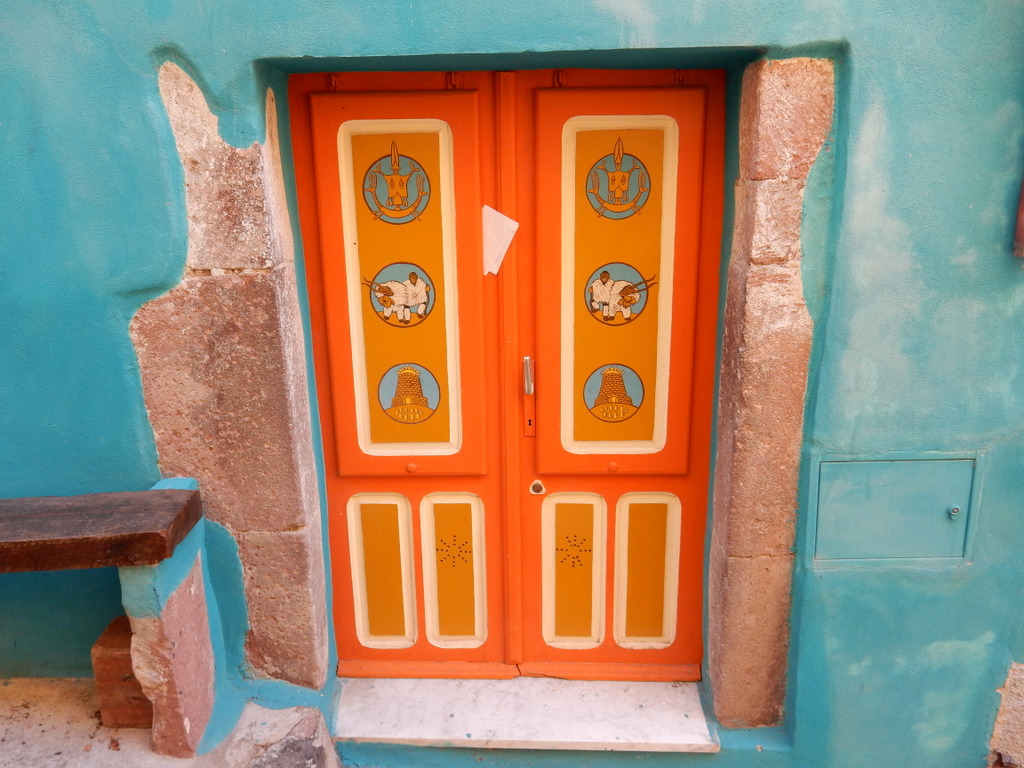
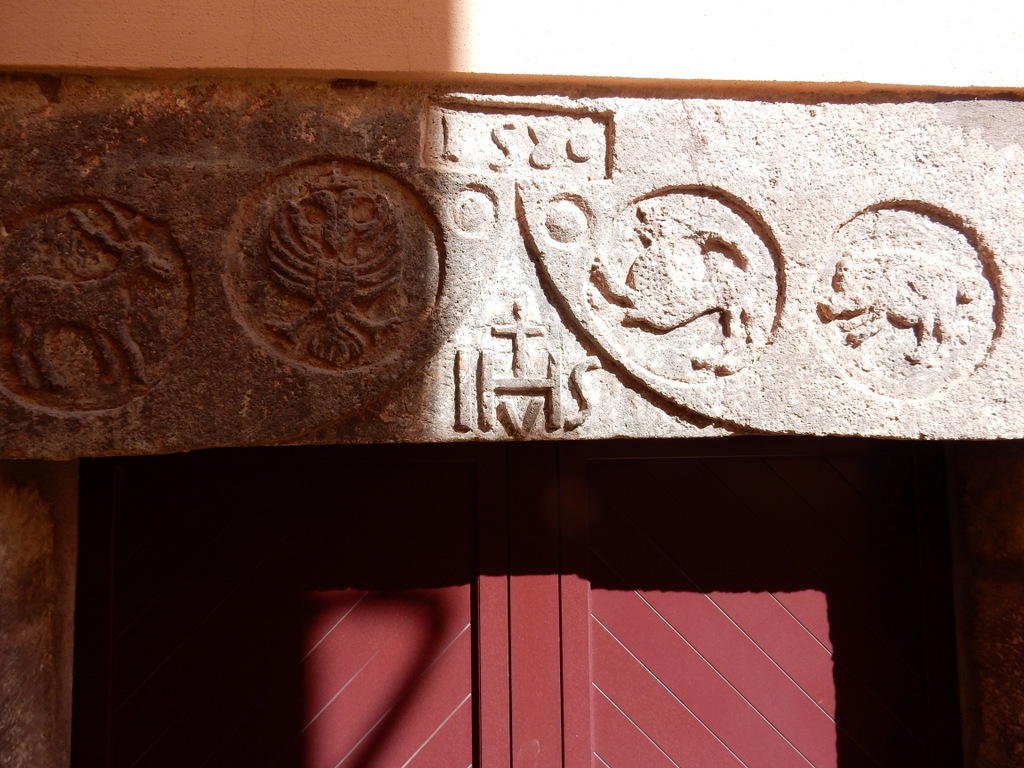
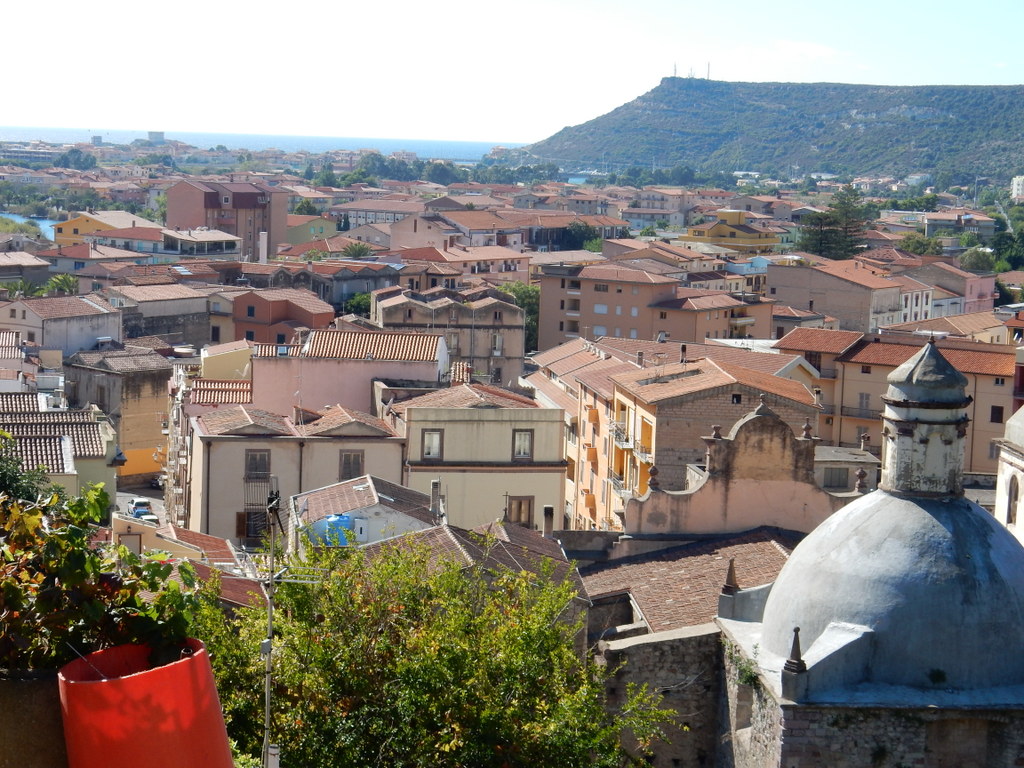



We spent five days in Bosa before sailing 29 nautical miles south to Oristano where we picked up a mooring in front of the ruins of the ancient city of Tharros on the Sinis peninsula. Tharros was established by the Nuragic people of Sardinia in the Bronze Age and became an important Phoenician outpost in the 8th century BC. It subsequently became a Punic (Carthage) city and a Roman city before being abandoned in the face of Saracen attacks in the early Christian period.
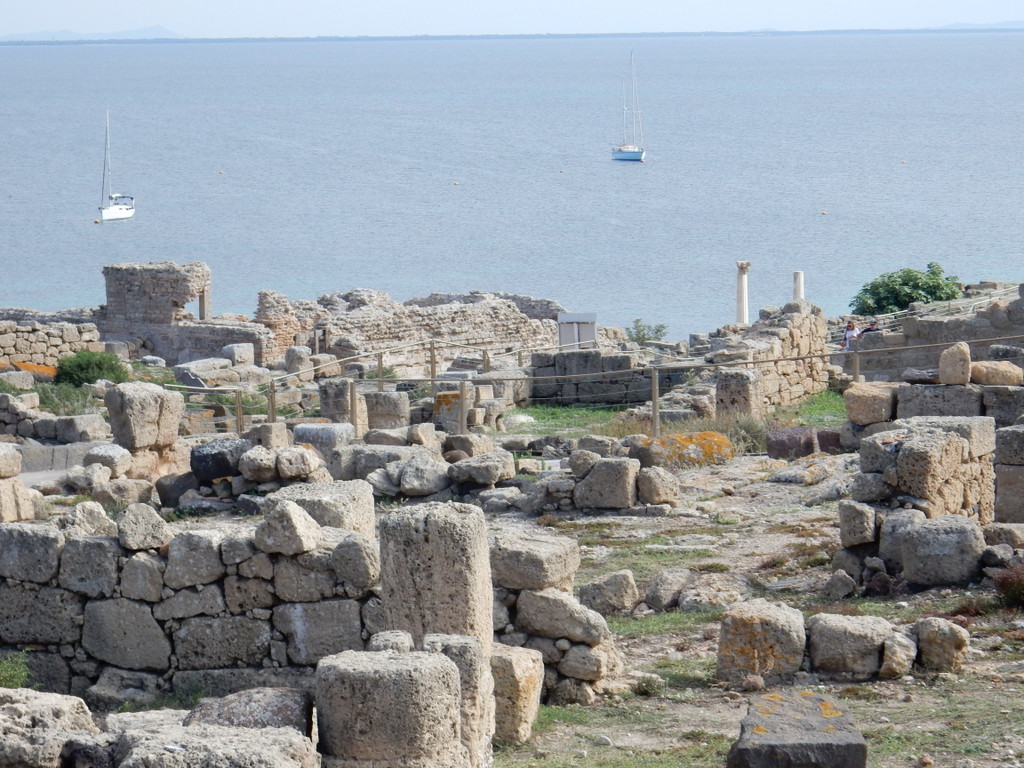
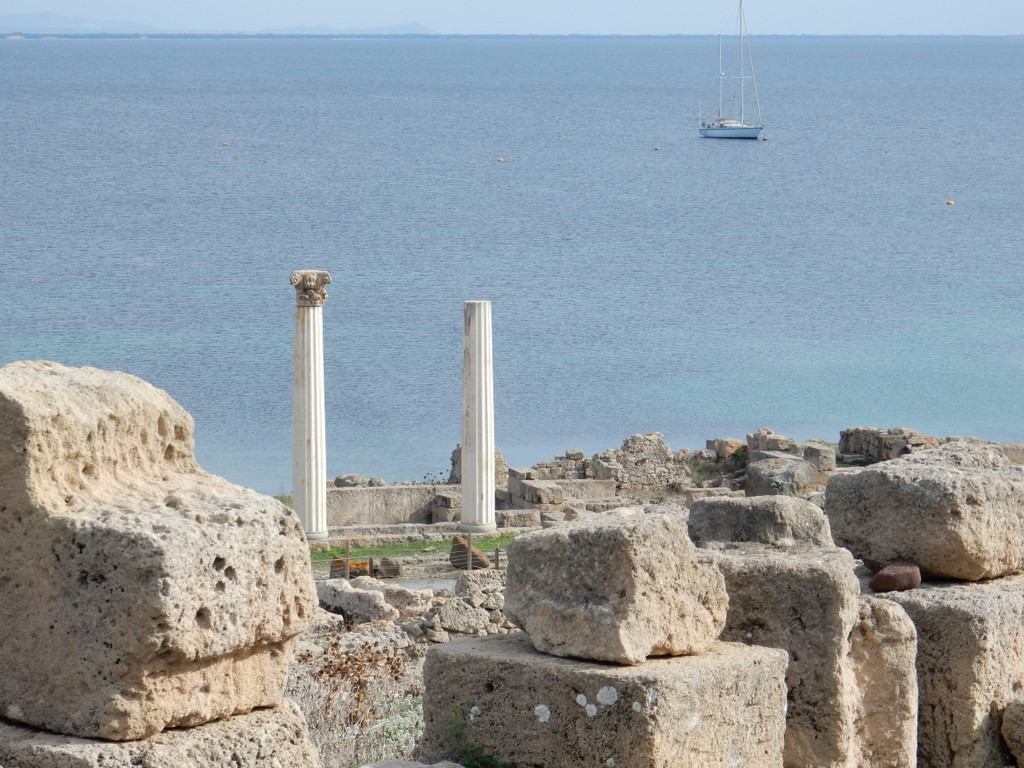
After one day in Oristano, on October 10 we sailed 45 nautical miles to Carloforte in ugly seas with large, steep waves from the northwest. We are still in Carloforte enjoying this town even more now that most of the tourists are gone. We are spending a few hours every day doing the boat maintenance and repair required after a long sailing season that began in southern Turkey.
M.
